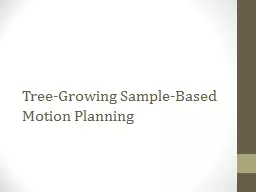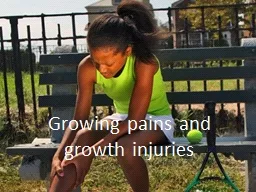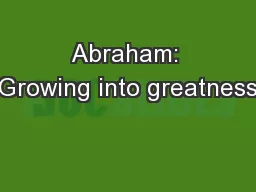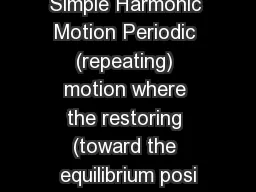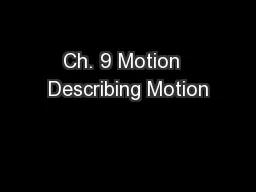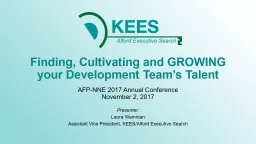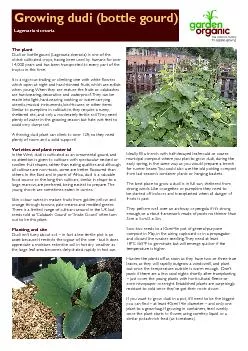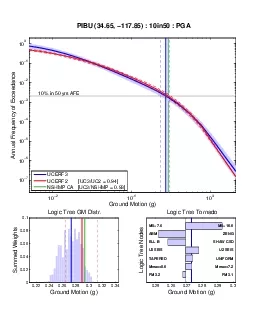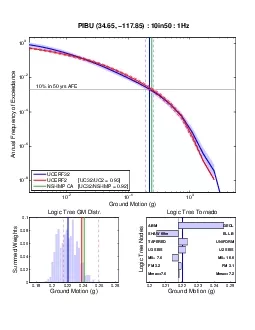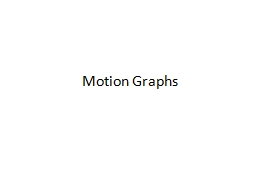PPT-Tree-Growing Sample-Based Motion
Author : pasty-toler | Published Date : 2018-03-15
Planning Probabilistic Roadmaps What if omnidirectional motion in Cspace is not permitted What if only a small portion of the space needs to be explored Treegrowing
Presentation Embed Code
Download Presentation
Download Presentation The PPT/PDF document "Tree-Growing Sample-Based Motion" is the property of its rightful owner. Permission is granted to download and print the materials on this website for personal, non-commercial use only, and to display it on your personal computer provided you do not modify the materials and that you retain all copyright notices contained in the materials. By downloading content from our website, you accept the terms of this agreement.
Tree-Growing Sample-Based Motion: Transcript
Download Rules Of Document
"Tree-Growing Sample-Based Motion"The content belongs to its owner. You may download and print it for personal use, without modification, and keep all copyright notices. By downloading, you agree to these terms.
Related Documents

